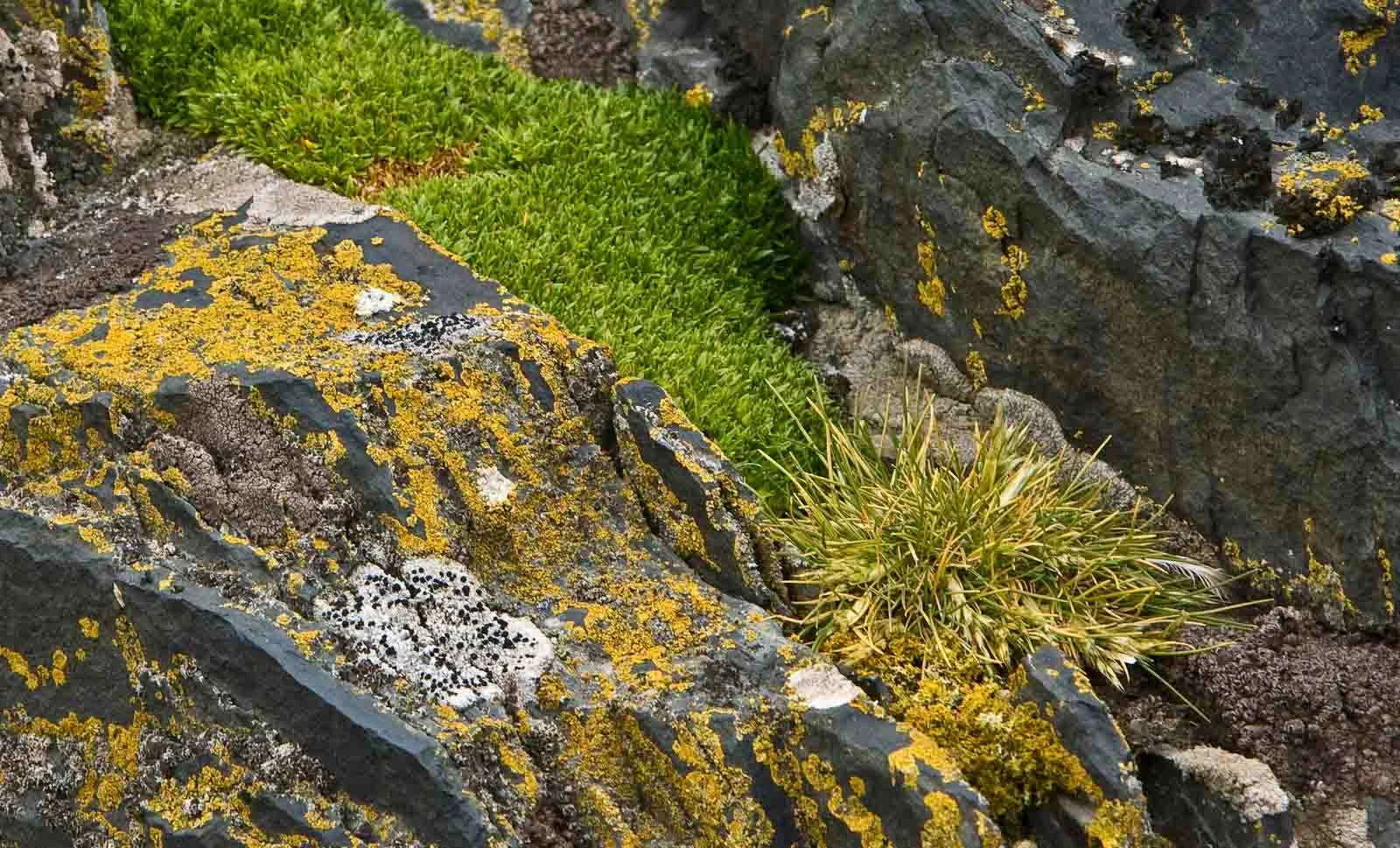
Flowers in Antarctica: A Tale of Extreme Survival | Travel Blog
Ever imagined a place so extreme, even the idea of flowers blooming seems like science fiction? Welcome to Antarctica!
Sure, we all know it's cold and icy. Despite its hostile environment, Antarctica has hidden surprises waiting to be discovered.
In this epic journey, you'll discover how life defies expectations in Earth’s southernmost continent. You’ll meet resilient mosses thriving against all odds and encounter not one but two native flowering plants that call this icy desert home.
Stick around as we dive deep into how these unlikely inhabitants survive, thrive, and might even be changing because of global warming. Ready for an adventure?
Buckle up! Because once you start exploring with us today... well let's just say your view on 'cold desolation' will never be the same again.
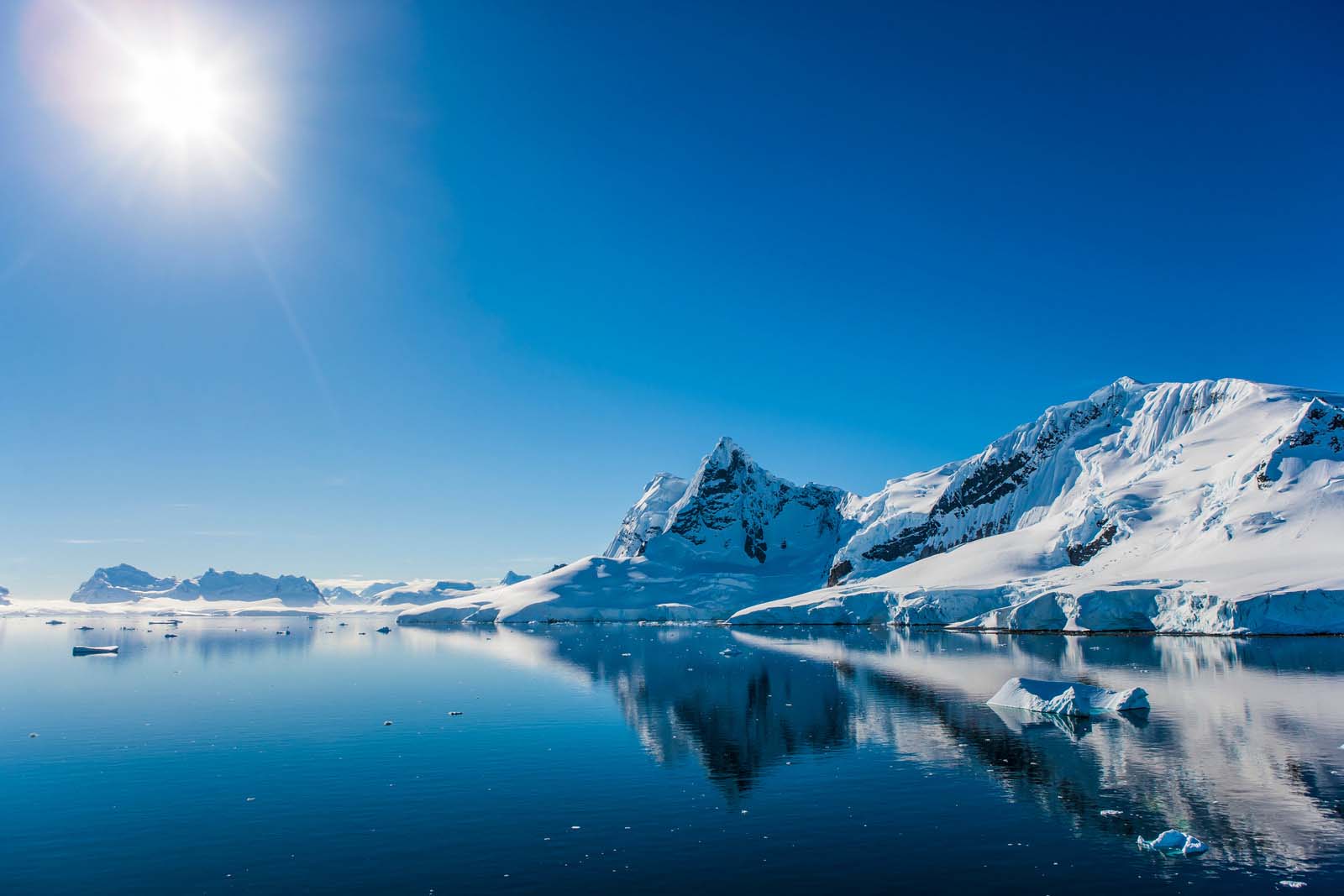 Falklands, South Georgia & Antarctic Peninsula
Falklands, South Georgia & Antarctic Peninsula
Embark on an extraordinary expedition exploring Subantarctic islands, the Antarctic Peninsula, and Falklands~Malvinas
From $23,595.00 South Georgia and Antarctic Peninsula: Penguin Safari
South Georgia and Antarctic Peninsula: Penguin Safari
Penguin Safari, the quickest route to reach South Georgia Island and step onto the 7th continent.
From $18,490.00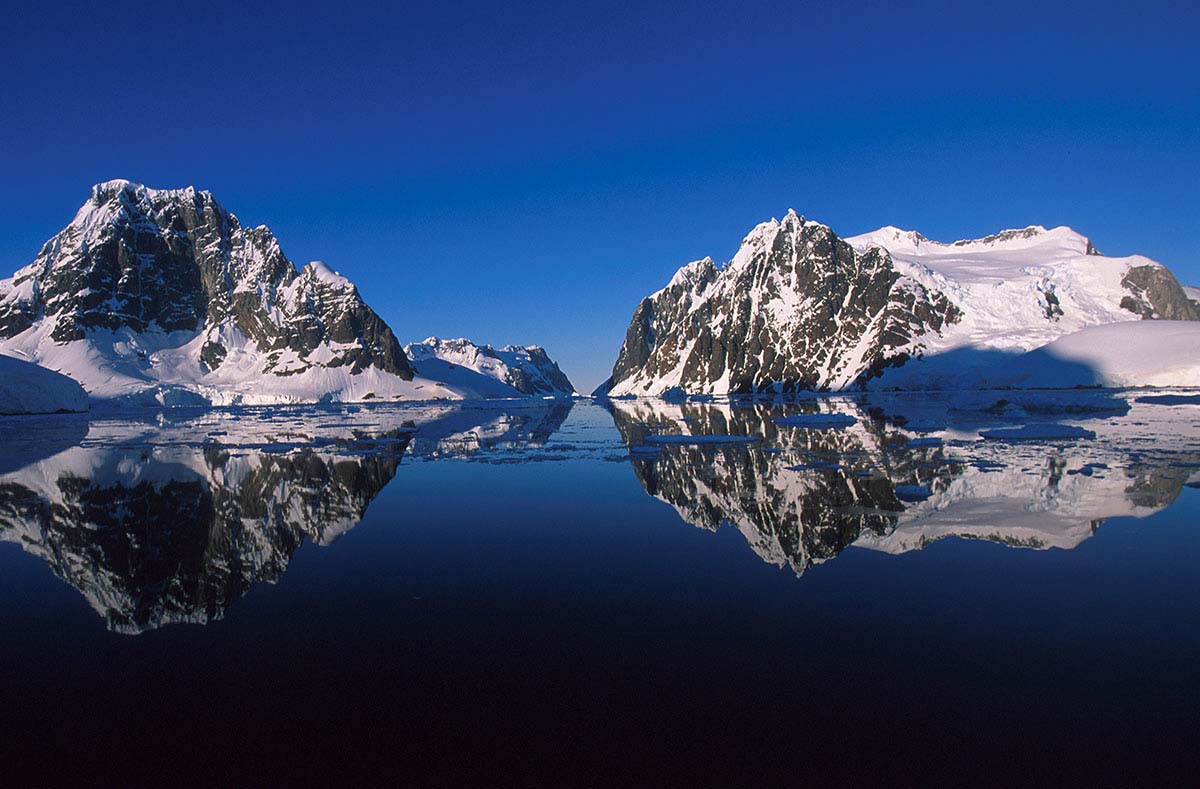 South Shetland Islands and Antarctic Peninsula
South Shetland Islands and Antarctic Peninsula
Experience the beauty and wonders of Antarctica and learn about the history and science of Antarctica.
From $7,090.00Table of content
- Unveiling the Climate Extremes of Antarctica
- The Wet and Dry of Antarctica
- Life in the Maritime Zone
- Flowering Vegetation in Antarctica
- The Ice-Free Areas of Antarctica
- The Human Touch in the Antarctic Wilderness
- Climate Change and the Antarctic Peninsula
- The Challenges and Opportunities of Climate Change for Antarctic Species
- FAQs in Relation to Flowers in Antarctica
- Conclusion
Unveiling the Climate Extremes of Antarctica
You might think that all there is to know about Antarctic weather is 'cold, colder, and coldest'. But did you know that it can get surprisingly warm due to sunlight? That's right. The climate in this frozen continent isn't as one-dimensional as we often perceive.
The Icy Chills: A Closer Look at the Cold
Let's talk numbers. According to Britannica, temperatures in Antarctica have been recorded dropping below -128 degrees Fahrenheit (-89 Celsius). Yes, your eyes aren't playing tricks on you; those are indeed triple digits in negative.
This makes it not just a cold place but THE coldest place on Earth. Imagine being so cold that even penguins need sweaters...just kidding. Penguins don’t actually wear sweaters; they've got their natural tuxedos for warmth.
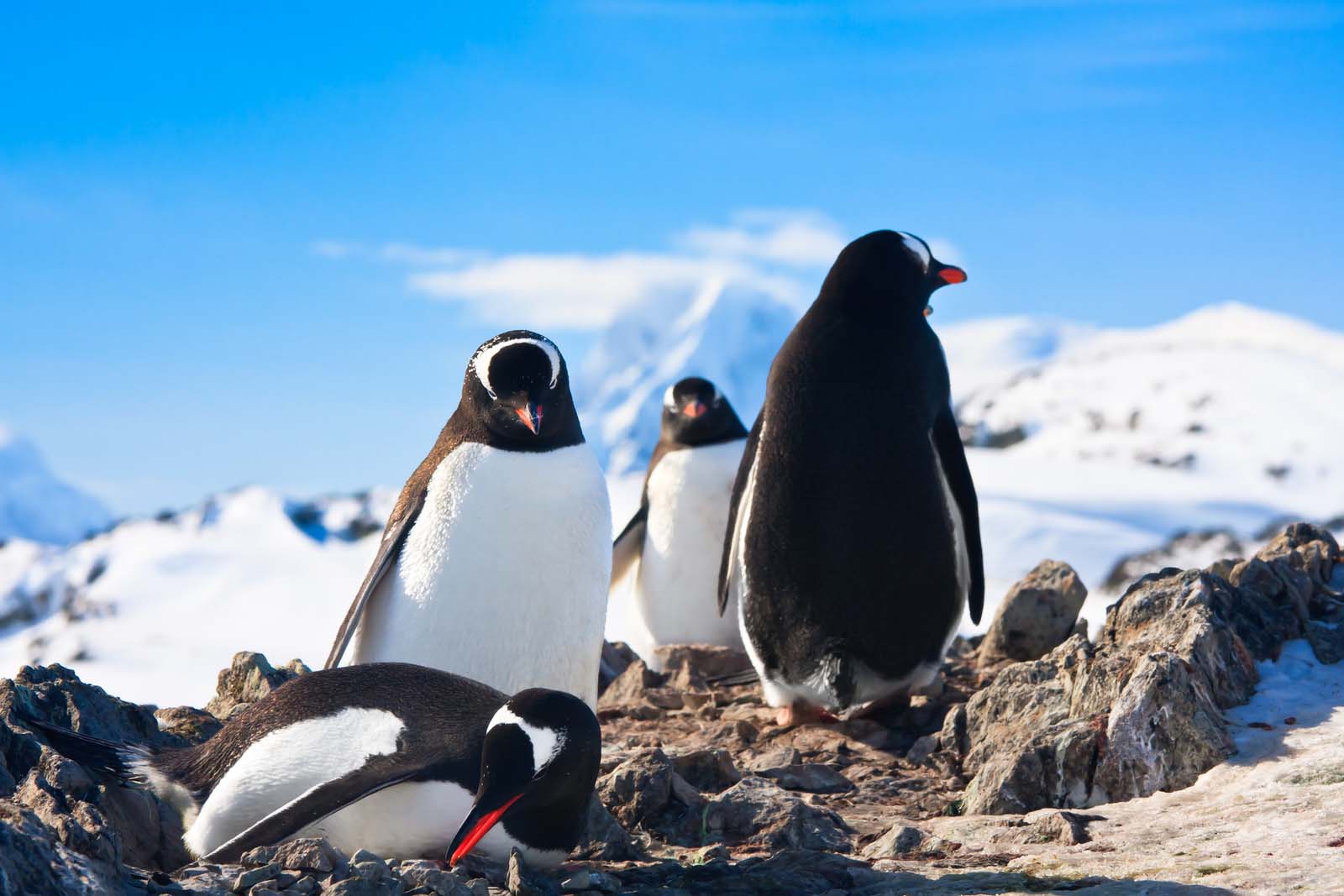
Sunlit Surprises: When Things Heat Up
Moving from icy chills to surprising heat waves. During summer months (December-February), parts of Antarctica like the Peninsula may experience temperatures up above freezing point—upwards of 41 degrees Fahrenheit (5 Celsius).
Imagine going from feeling like an ice cube straight out of a freezer into basking under some pleasant sunrays within mere months – now THAT’s what I call extreme.
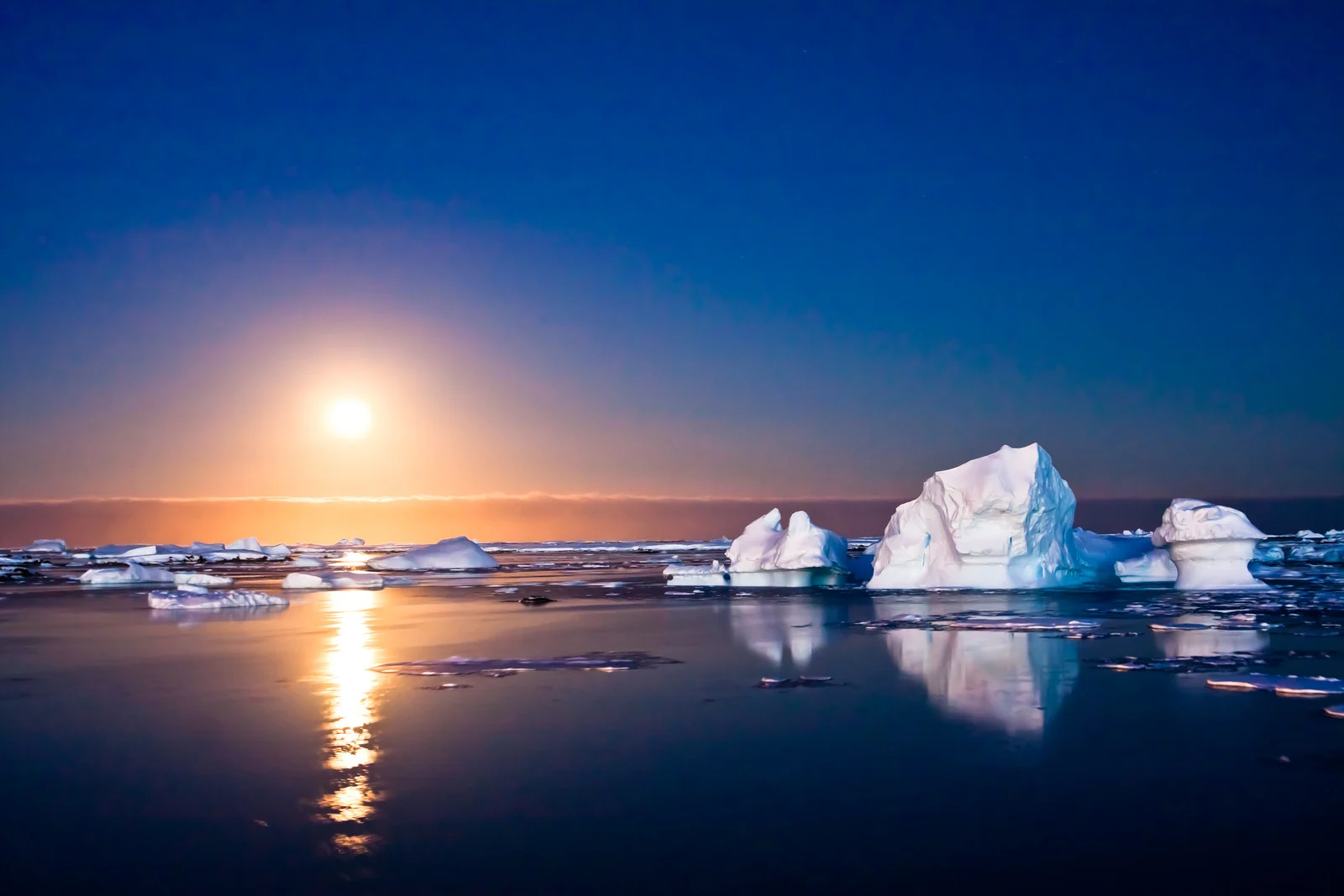
A Case Of Blistering Winds
And let's not forget about the winds. In some areas, particularly at Commonwealth Bay and Cape Denison, wind speeds can reach a blistering 200 miles per hour (322 kilometers per hour), according to Cool Antarctica.
You might need more than just a sturdy hat for this; perhaps tying yourself to an iceberg could help? But remember, don't actually try it. We're all about safety here.
The Wet and Dry of Antarctica
Antarctica, the land of ice and snow, has a surprising weather duality. It's an ecosystem that swings between being soaking wet on one end to bone-dry on the other.
The Rainy Antarctic Peninsula
Contrary to what you might think about this icy continent, parts of it get quite wet. The Antarctic Peninsula, jutting out towards South America, is often drenched in rain during summer months. But why does this happen?
You see, as warm ocean currents brush past the peninsula’s coastlines they cause significant evaporation leading to precipitation. It's like nature throwing buckets full of water at a massive iceberg.
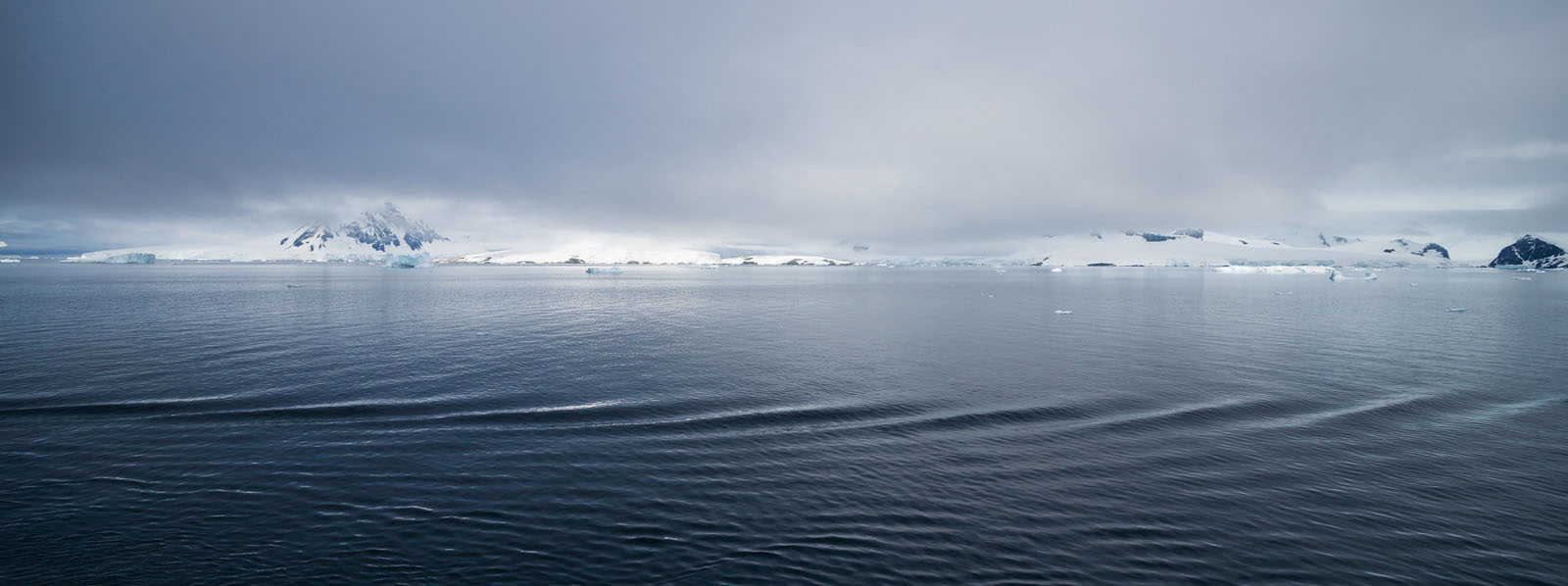
The Desert-like Interior
Moving inland though, things change drastically. In stark contrast to its rainy sibling, most of Antarctica is arid – comparable even with some well-known deserts around our planet. You heard right - Antarctica isn't just penguins sliding down snowy hills; it's also a desert cloaked in white.
This vast region receives less than 50mm annual precipitation (that includes both rain and snow.) due mainly to cold air holding little moisture. So while we may envision endless blizzards when thinking about life there from our cozy homes or offices across continents away; reality paints another picture altogether – crisp blue skies over frozen landscapes where not much happens for eons.
Just remember: if ever planning your next big adventure with Voyagers Travel Company toward these extreme corners - don’t forget those waterproof boots for the peninsula but leave behind any thoughts of snow in the interior. Because, my friends, this is Antarctica - where things are always a bit more extraordinary than they seem.
Life in the Maritime Zone
The maritime zone of Antarctica may seem like an unlikely place for life to thrive. But, you'd be surprised at what's blooming amidst this icy wilderness.
Mosses, Liverworts, and Lichens
If you're expecting towering trees or lush grasslands, think again. This frosty frontier is home to over 375 species of mosses, liverworts, and lichens. Each one has a unique way of braving the cold.
Take mosses as an example - they use their short stature to avoid harsh winds while still soaking up sunlight during those brief summer months. Now that's making the most out of your surroundings.
Liverworts follow suit but with a twist. These hardy plants go dormant during winter and spring back into action when conditions improve (source). Like that friend who hibernates all winter only to come alive for beach season.
We can't forget about lichens either - these composite organisms are true Antarctic veterans. Withstanding temperatures below freezing point? No problemo for these tough guys. Their secret lies in their symbiotic relationship between fungi and algae where each benefits from the other’s company (source).
- Moss: Short stature = less wind + more sun
- Liverwort: Hibernate in winter, thrive in summer
- Lichen: Teamwork makes the dream work. Fungi + algae = survival
Just like that grizzled adventurer who packs light and knows how to use their surroundings, these species have adapted brilliantly to survive. They are Antarctica's very own survivalists.
In essence, life finds a way even in the most unlikely of places. It might not be as grandiose as a tropical rainforest or an African savannah, but there’s no denying its beauty and resilience. So next time you're venturing on an Antarctica cruise expedition into this frosty wilderness with us at Voyagers Travel Company - keep an eye out for these little wonders.
Key Takeaway:
Each of these resilient plants has its own way to thrive. Mosses are smart, avoiding harsh winds while still soaking up sunlight. Liverworts have a unique approach too - they take a winter nap and then bounce back in summer. Lichens, on the other hand, rely on teamwork between fungi and algae for survival.
Flowering Vegetation in Antarctica
If you think of the South Pole as a barren, lifeless desert of ice and snow, prepare to be surprised. Even in such an extreme environment, there are two hardy flowering plants that call Antarctica home: Deschampsia antarctica (Antarctic Hair Grass) and Colobanthus quitensis (Antarctic Pearlwort).
The Hardy Antarctic Hair Grass
This grass species is more than just a plant; it's an emblem of survival. Despite chilling winds and sub-zero temperatures, this grass grows robustly, making use of the limited summer months.
You might wonder how it manages to survive where other vegetation simply can't? Well, it has developed some remarkable adaptations over time. It makes good use of long daylight hours during summer for photosynthesis - yes. Photosynthesis happens even here.
Besides its knack for efficient energy utilization from sunlight, this hair grass also employs a smart tactic to beat cold winds by growing close to the ground forming dense tufts or cushions.
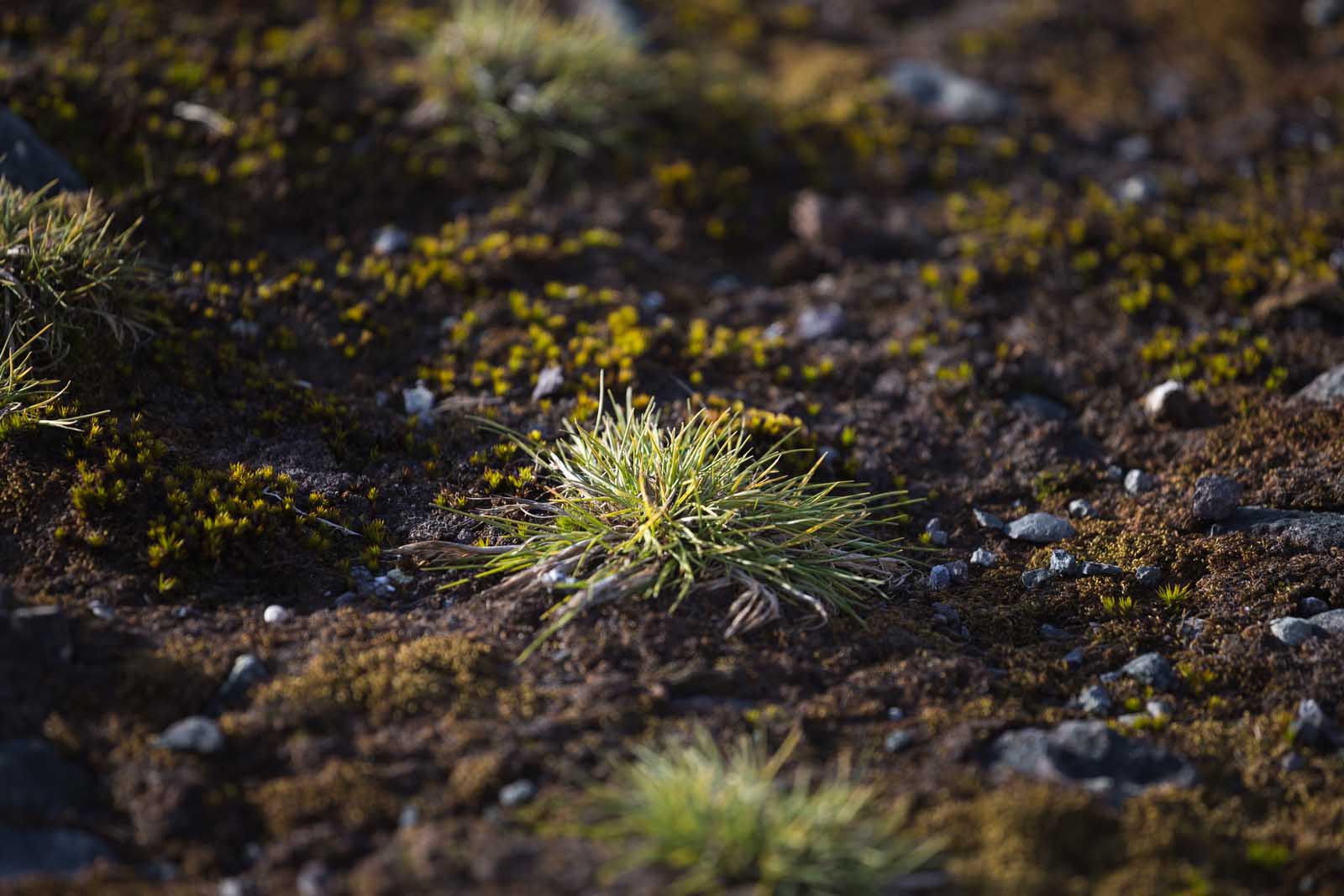
The Resilient Antarctic Pearlwort
Next up on our list is another surprise package – The Antarctic Pearlwort. This small perennial herb thrives against all odds with its own unique set of survival strategies which include developing special proteins that act like natural antifreeze.
These 'antifreeze' proteins help prevent damage at cellular levels due to freezing conditions. The Antarctic Pearlwort can withstand temperatures as low as -20°C.
The secret of its survival doesn't stop there. This flowering plant has a clever strategy to cope with limited water availability by storing it in special cells called 'idioblasts'.
These two organisms demonstrate the amazing ability of life to survive and endure even in our planet's most challenging environments.
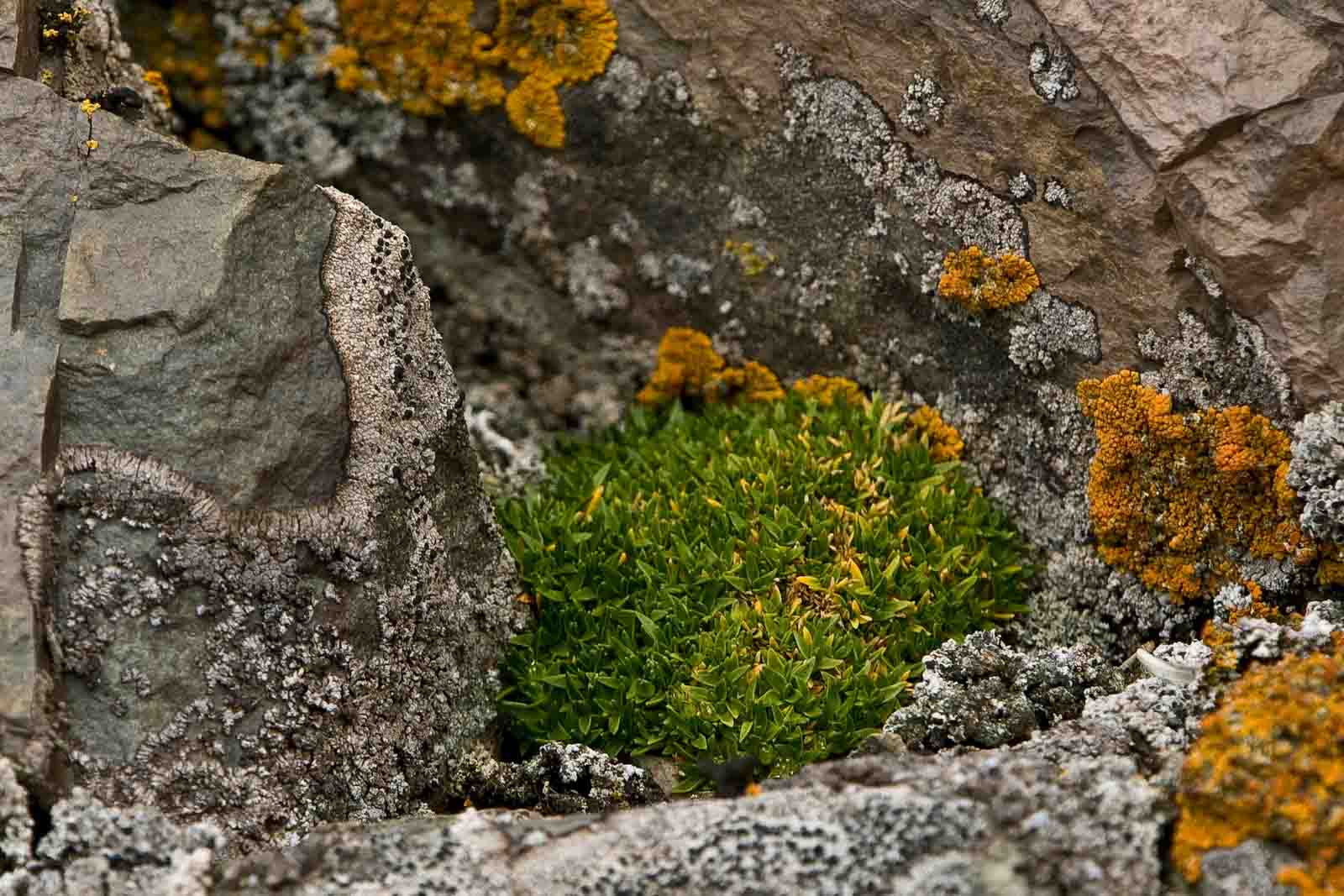
The Ice-Free Areas of Antarctica
Surprisingly, beneath the frozen Antarctic landscape lies a few areas of land that are free from ice. Yes, believe it or not - patches of land exist here that are free from the icy grasp. These areas offer fascinating insights into life's resilience and adaptability.
In these rare spots called Antarctic Oasis, where ice is absent due to factors like wind patterns and sunlight exposure, some plants have managed to set roots. Think about it – isn't this equivalent to finding an oasis in the middle of a desert?

Life Finds Its Way: The Green Patches Amidst White Blankets
You might be thinking - "plants in Antarctica?" Indeed. They're mostly mosses and lichens but remember, even Mount Everest has only two flowering plants at its base.
Lichen holds the record as the most resilient plant species on Earth, which explains their presence here. But moss? That's right; certain types can survive extreme colds by going dormant during harsh conditions.
The Human Touch in the Antarctic Wilderness
These ice-free areas, while small, play an essential role in climate studies. But we humans can’t seem to keep our footprints off even these remote spots.
Recent studies show that activities like tourism and scientific trips could unintentionally bring foreign species into untouched habitats. This serves as a reminder - no place is too far for us to impact. For this reason Voyagers travel selects its Antarctic cruise partners carefully working with those who follow the IAATO (international Association of Antarctica Tour Operators) rules by the book.
Key Takeaway:
Antarctica's icy expanse hides a surprise: ice-free areas, or 'Antarctic Oases', where resilient plants like mosses and lichens have found home. Even more surprising? The presence of two flowering species, Hair Grass and Pearlwort. But our activities may bring foreign species into these untouched habitats. This shows that no place is truly beyond the reach of human influence.
Climate Change and the Antarctic Peninsula
The rising temperatures of our planet have made Antarctica one of the fastest warming places on Earth. The results are not just a threat to penguins but ripple effects across global ecosystems.
The Warming Trend
In an unexpected twist, climate change is transforming parts of icy Antarctica into a green oasis. Warmer conditions mean more rain and less snowfall, creating wetter soil that supports plant growth.
Mosses once confined to coastal areas now stretch farther inland as ice recedes due to rising temperatures. It's a warning sign of how quickly the environment is transforming — something to be concerned about, not rejoiced over.
These changes might seem like tiny blips in such a vast landscape, but they're signs pointing towards larger shifts happening right under our noses (or should we say parkas?). Like finding flip-flops at the South Pole.
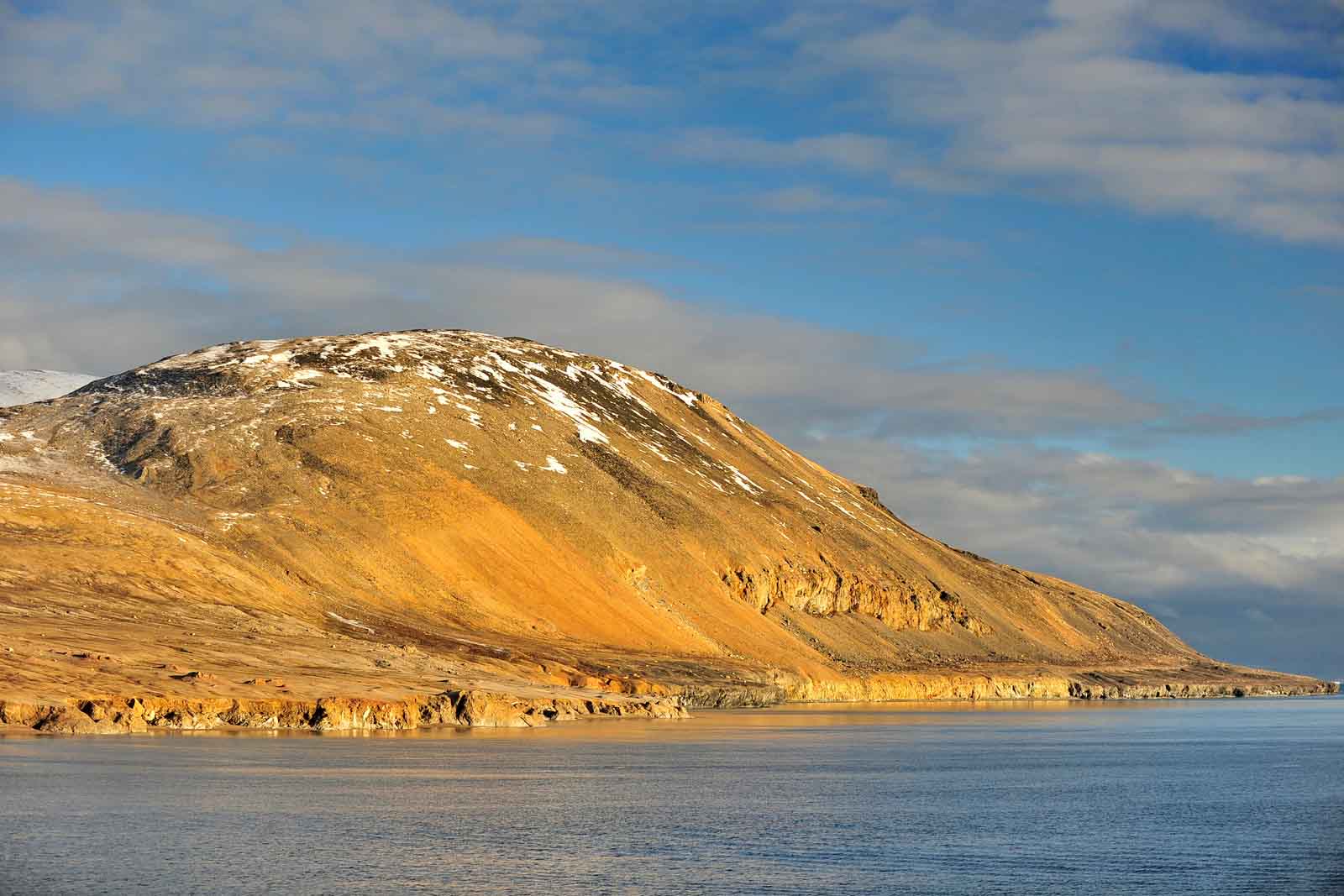
Potential Benefits for Organisms
It may be tempting to see these greening trends as good news - who doesn’t love more flowers? But remember, every coin has two sides. Climate change could potentially benefit some organisms by providing them with expanded habitats and new food sources.
Studies show a rise in "micro-invertebrates," such as springtails and mites enjoying life in warmer soils – imagine if your backyard suddenly extended for miles overnight.
Risks Outweighing Gains?
However, this rapid warming also brings new threats. Alien species hitching rides on our boots or ship hulls could colonize these newly available habitats and disrupt the balance of existing ecosystems.
The ‘bad guys’ might be small - think non-native plants, insects, even microbes – but they pack a punch. Like uninvited party crashers gobbling up all your snacks (and maybe the furniture too.).
We need to ask ourselves: are we willing to let Antarctica become a casualty in this global crisis? After all, if climate change can turn ice into green pastures here – what's next?
Key Takeaway:
Antarctica, one of the fastest warming places on Earth due to climate change, is surprisingly turning into a green oasis. This transformation might seem beneficial for some organisms like micro-invertebrates who get expanded habitats and new food sources. But hold up. The quick heating could let foreign species shake up established ecosystems. It makes us wonder: Are we really prepared to witness Antarctica becoming something entirely different?
The Challenges and Opportunities of Climate Change for Antarctic Species
Climate change presents a unique mix of challenges and opportunities to the diverse organisms that call Antarctica home. Warmer temperatures might seem like a boon at first, but they also usher in unforeseen complexities.
Potential Benefits for Organisms
In some respects, climate change could be advantageous to certain species. For instance, as average temperatures rise and ice recedes, previously uninhabitable areas may become accessible for new life forms.
This is particularly true with mosses, liverworts and lichens, which thrive in slightly warmer conditions. These organisms are renowned for their hardiness, able to endure varying weather patterns that have become more common due to climate change.

Increased Competition
But there's another side of this coin: increased competition from invasive species. As new territories open up because of melting ice caps or rising sea levels (according to NASA data), these robust newcomers could outcompete native Antarctic flora like pearlwort or hair grass—two flowering plants native only here.
Like every tale told by Mother Nature herself—the story isn't all doom-and-gloom nor an easy path paved towards flourishing biodiversity.
For travelers who have visited our icy wilderness before—you'll know just how surprising it can be when you stumble upon patches where vegetation clings stubbornly amidst the white vastness.
Just remember next time you're layering up ready for your latest adventure; behind each thermos of hot chocolate, each footprint in the snow—there's a whole ecosystem dancing on the edge. One that’s being shaped and reshaped by climate change, carving out its own story amidst all the challenges and opportunities this phenomenon brings.
In Antarctica—the landscape tells tales; it bears witness to history and harbors hope for what's yet to come. Whether we're witnessing the start of a brave new chapter or nearing an uncertain climax—that remains to be seen.
Key Takeaway:
Climate change is a double-edged sword for Antarctica's organisms, bringing both opportunities and threats. Warmer temperatures may allow resilient life forms like mosses to thrive in new areas, but they also invite competition from invasive species. The future of this fragile ecosystem hangs in the balance as it dances on the edge of survival amidst these changes.
FAQs in Relation to Flowers in Antarctica
What are 5 plants found in Antarctica?
The Antarctic hosts resilient vegetation like the Antarctic Hair Grass, Antarctic Pearlwort, and over 375 species of mosses, liverworts, and lichens.
What are the yellow flowers in Antarctica?
The only yellow blooms you'll spot on this icy land belong to Colobanthus quitensis or commonly known as the 'Antarctic Pearlwort'.
What are the most common plants in Antarctica?
Mosses reign supreme here. With more than 100 species recorded so far, they're a vital part of life amidst snowdrifts.
Are there many plants in Antarctica?
Nope. Due to harsh conditions and extreme coldness, plant diversity is pretty low with just two flowering types native to these frosty expanses.
Conclusion
What a journey! We've delved into the chilling extremes of Antarctica, from its frigid temperatures to its unexpected dryness. Who would have thought that amidst this harsh landscape flowers could thrive?
But it's not just about surviving - these brave organisms are thriving too. From mosses and lichens to those rare native flowering plants – the Antarctic Hair Grass and Pearlwort – life in Antarctica is more vibrant than you'd expect.
The resilient flora of this icy desert tells us something important: even under the harshest conditions, life finds a way. Remember, these aren't ordinary plants; they're tough as nails!
And with climate change warming up parts of their world faster than anywhere else on Earth...well let’s see what happens next for our "Flowers in Antarctica".
Till then, keep exploring nature's surprises with us!

